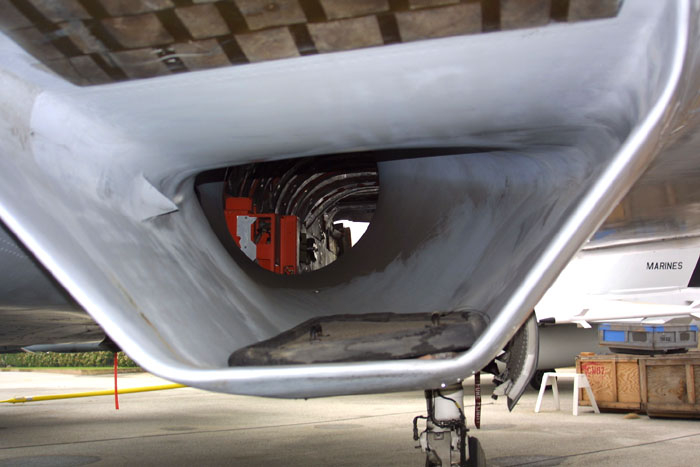Birbal
FULL MEMBER

- Joined
- Sep 27, 2011
- Messages
- 1,145
- Reaction score
- 0
Whats the difference between AESA and PESA Radar ? Can you tell in points it'll be easier to understand.
Wet Shirt , Gambit ?
Both use electronic steering based on phase shifting (each part of the array electronically shifts the signal by a certain amount, so that all the signals cancel each other except at a certain angle where they interfere constructively). Compared to mechanical parabolic mirror radars, this gives you a better beamforming ability (the beam can be formed into a single cone without much leakage to sidelobes) which gives you resistance against a lot of jamming techniques. Additionally, it can steer much faster, because the phase shifting is done eletronicaly rather than mechanically.
In a PESA radar, the beam is formed in a RF generator at a single frequency and then sent to the phase-shifting modules. In an AESA radar, each part of the array generates its own signal. Thus, you can dedicate some parts of the array to a certain frequency and angle while dedicating other parts to another frequency and angle. This allows you to use multiple frequencies at once against a single target (something you can't do with PESA since the amount of phase shifting at each array element depends on the frequency). Additionally for example, you can have some array elements work against one target and others work against another target, while yet others work on jamming.
Of course some PESA radars are quite close to AESA radars in capability, such as the Bars radar in the Su-30MKI or the Irbis-E on the Su-35, as each part of the array has an amplifier to amplify the received signal, and careful usage of computing power for signal processing can further reproduce some of the qualities of an AESA.

















